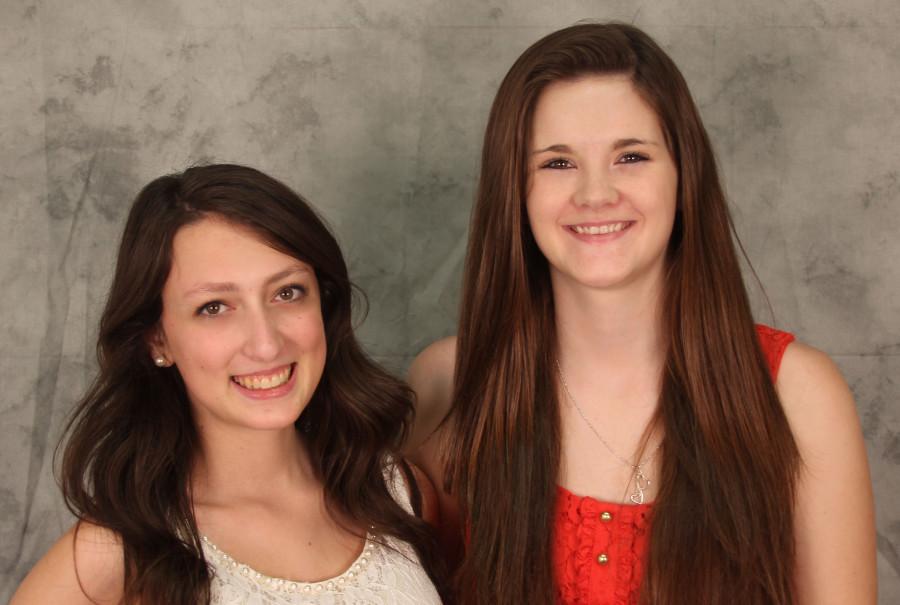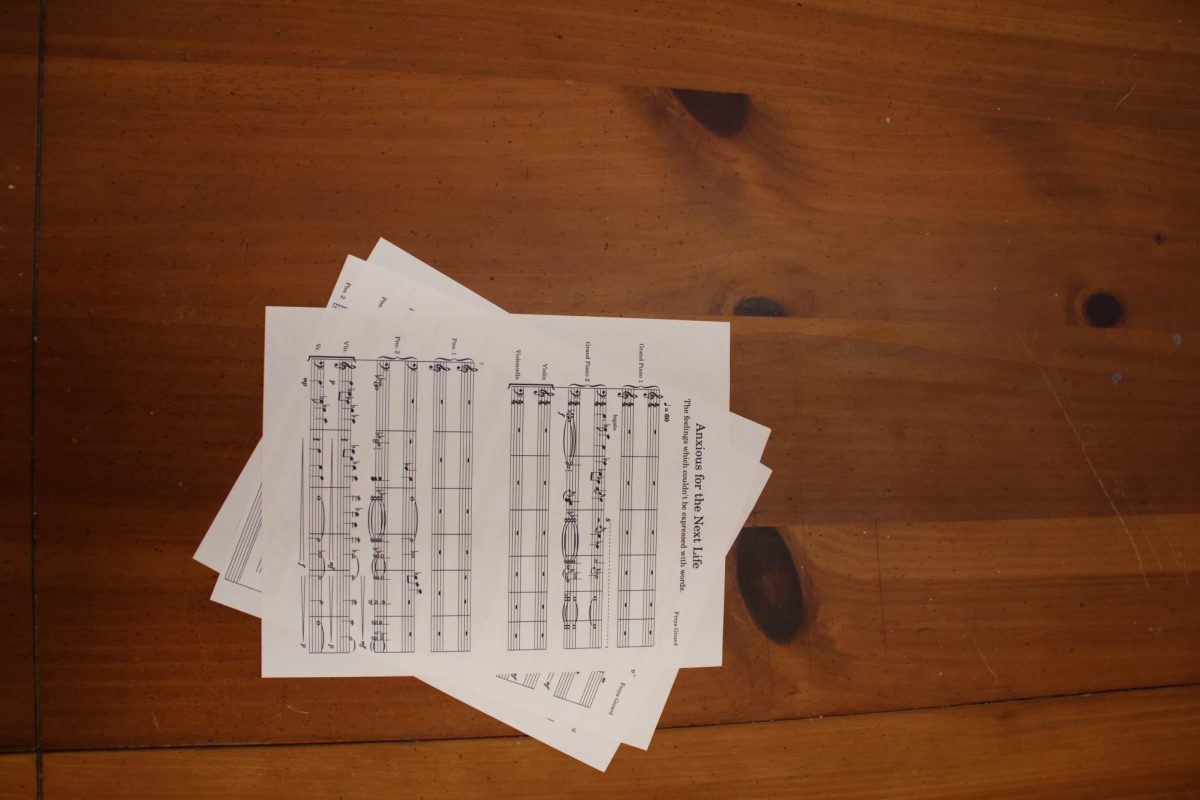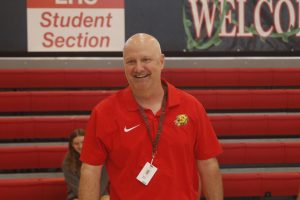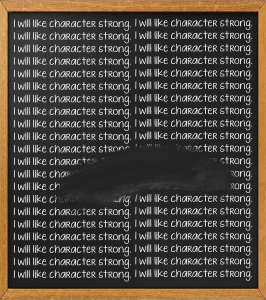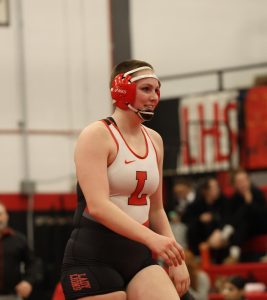Letter from the editors-in-chief
April 30, 2014
Dear Readers,
Although racial tensions don’t always run rampant in the halls of Lawrence High, racism is still inevitable here in Kansas.
In an effort to bridge the gap, the district allots a great sum of money to the Pacific Educational Group to instruct teachers regarding how to have “Courageous Conversations” about race. The goal of this program is to create equality and discuss racial disparities, but it has proven to have adverse effects.
One of the most difficult issues with this program is how it is being handled. Most teachers aren’t recieving significant training. Instead of teachers volunteering their time to participate in these workshops, teachers must find substitute teachers for the days they attend. However, there isn’t a large enough budget and there aren’t enough substitutes for all of the teachers to be able to go.
Additionally, white students are not given the opportunity to get involved in these conversations. Students of color, however, are invited to attend leadership symposiums with individuals of their respective race.
Because discourse regarding race is rare in the classroom, some white students go as far as to vocalize how they feel “left out” and “disadvantaged.” Some individuals have even complained about the lack of a White Leadership Symposium.
Such comments are absurd — especially against the backdrop of the upcoming 60th anniversary of Brown v. Board of Education case in which public institutions were desegregated. While this was a step forward, progress still needs to be made.
In the hallways, we still hear racial slurs and stereotypes during every passing period. The n-word is even used frequently enough that students using that language fail to understand the meaning and history behind the derogatory word.
As illustrated in “Film industry blatantly whitewashes characters of color,” non-Caucasian people don’t get the same opportunities. Out of the 2,809 statues that have been presented for the Oscars, only 85 have been awarded to people of color. While this fact may not demonstrate blatant racism, it does show the inequities that persist, even today.
So here at Lawrence High, we have the ability to diminish some of these inequalities as we collaborate in the classroom. As we work together to make LHS a good place, let’s work to embrace our differences rather than denouncing those unlike us.
Sincerely, Kendra Schwartz and Ashley Hawking



